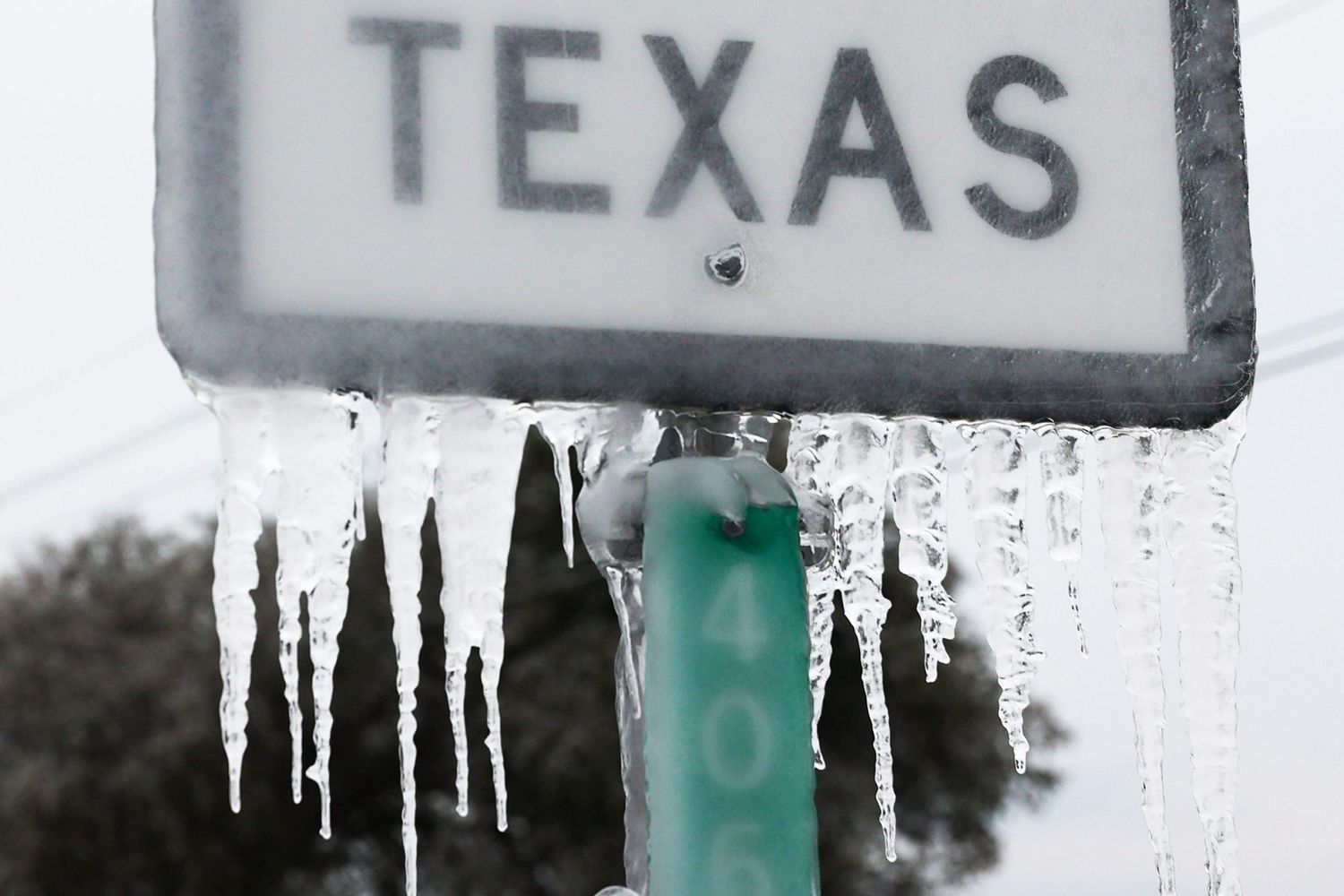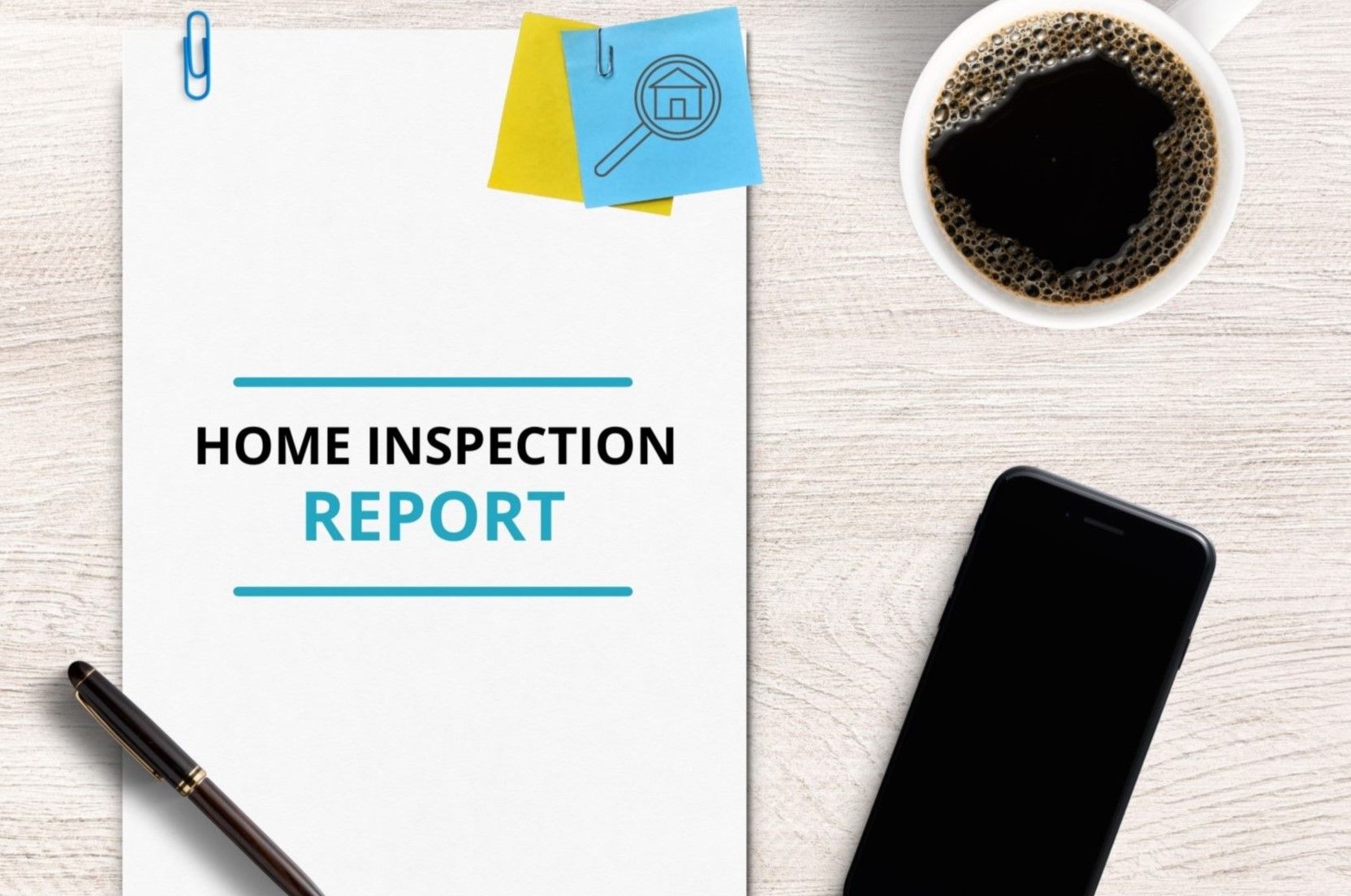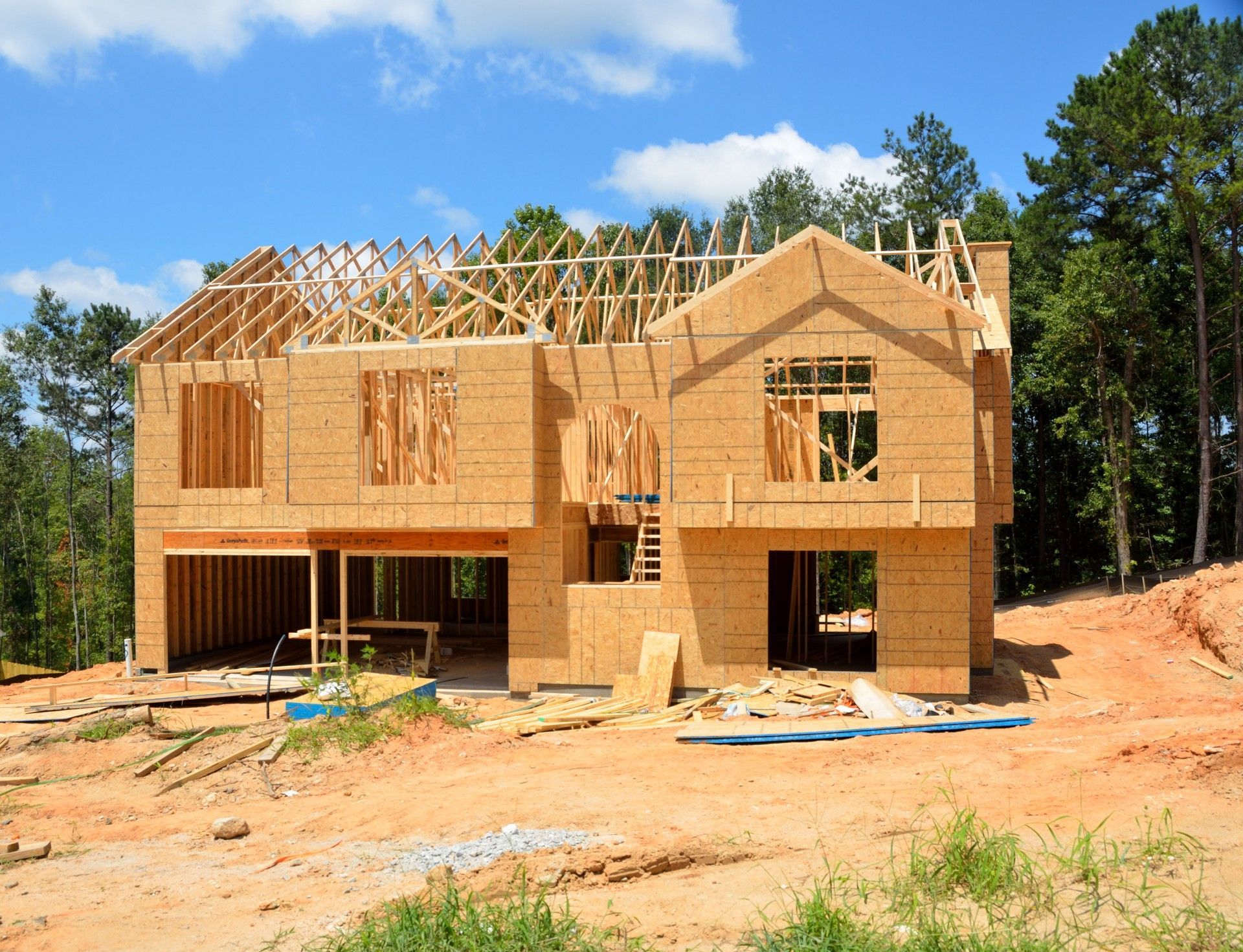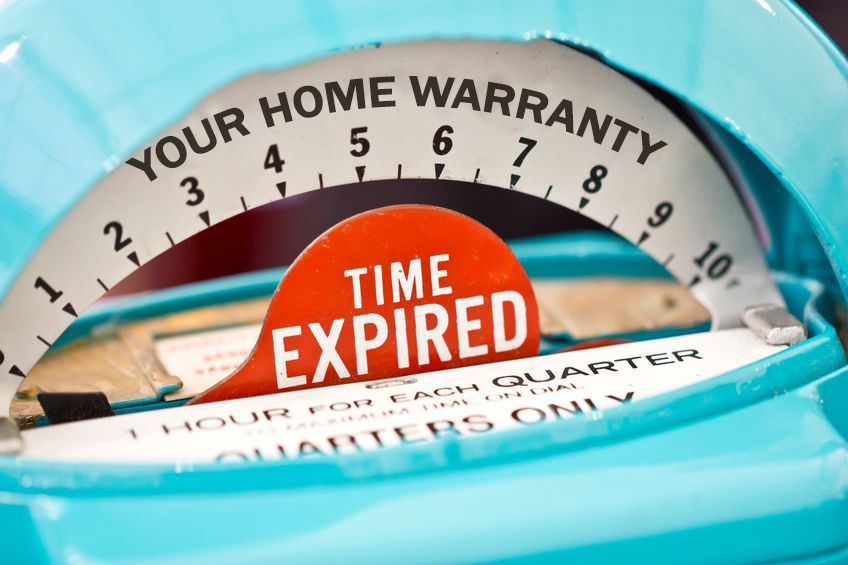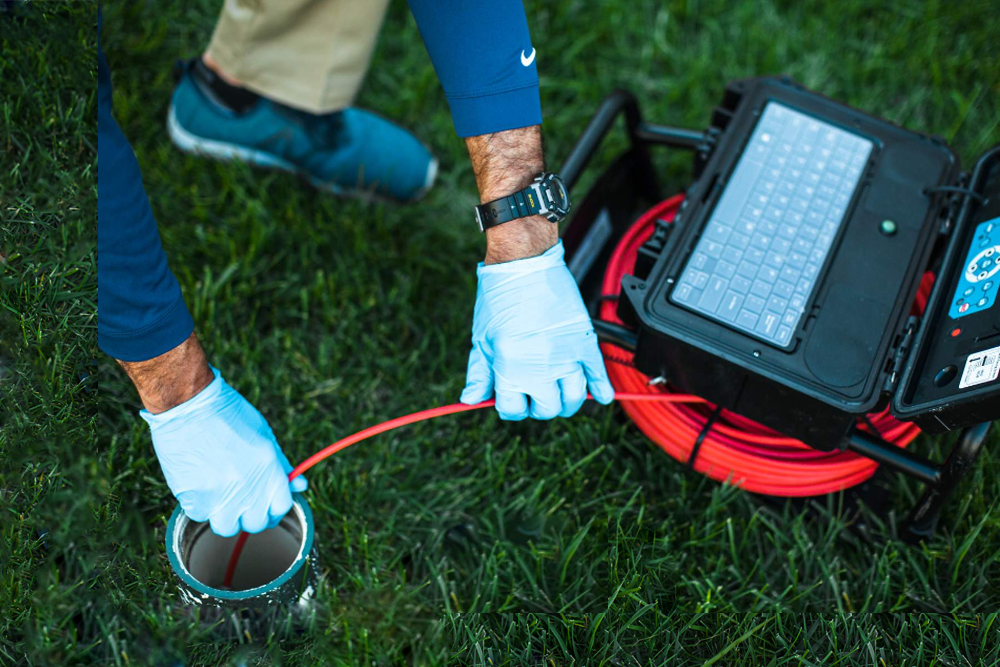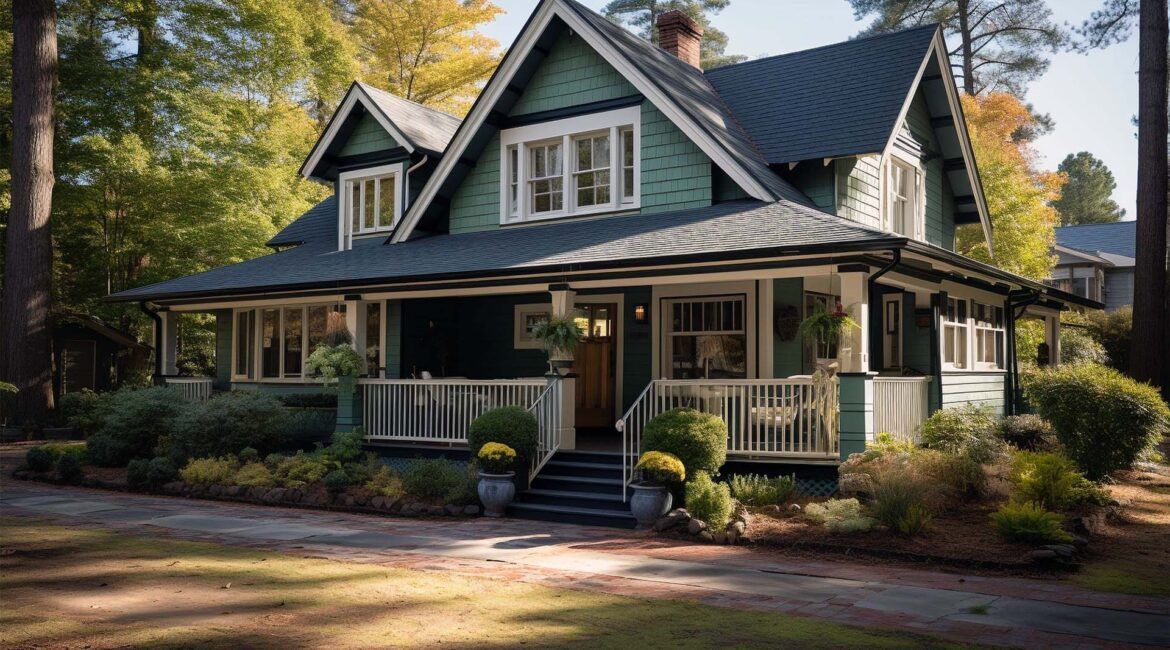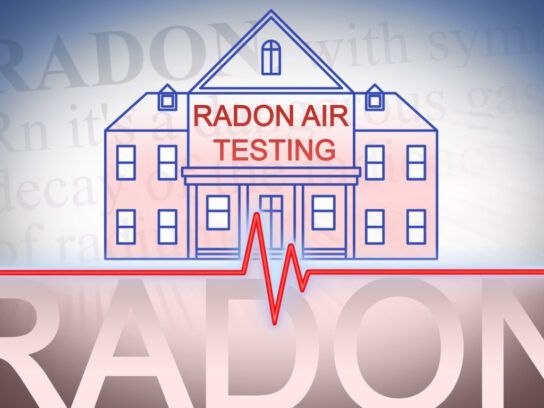Ross Nussle
April 11, 2025
Top Strategies to Protect Your Richardson Home Investment
Buying a home is an exciting milestone, but it can also come with unexpected challenges if you’re not prepared. One of the biggest pitfalls for new homeowners is discovering costly repairs shortly after moving in. A thorough home inspection is your first line of defense against these surprises. As a seasoned home inspector in the Richardson area, I’ve seen it all—from hidden foundation issues to outdated electrical systems. Here are my top tips to help you avoid expensive repairs after buying your dream home.
1. Hire a Qualified Home Inspector
Not all home inspectors are created equal. When choosing an inspector in Richardson, look for someone with proper certifications, such as those from the Texas Real Estate Commission (TREC), and a strong track record. A qualified inspector will meticulously evaluate the home’s major systems—roof, foundation, HVAC, plumbing, and electrical—while keeping an eye out for red flags specific to North Texas, like expansive clay soil issues.
Pro Tip: Ask for a sample report to ensure the inspector provides detailed findings with photos and clear explanations. This will help you understand the home’s condition and prioritize repairs.
2. Understand Richardson’s Unique Environmental Factors
Richardson’s climate and geography can impact a home’s longevity. The area’s clay-heavy soil expands and contracts with moisture changes, which can lead to foundation cracks if not properly maintained. Similarly, intense Texas storms can wreak havoc on roofs and drainage systems.
What to Check:
- Foundation: Look for signs of movement, like cracks in walls or uneven floors. Ask if the home has a pier-and-beam or slab foundation and whether it’s been recently evaluated.
- Drainage: Ensure gutters are clear and the yard slopes away from the house to prevent water pooling near the foundation.
- Trees: Large trees close to the home can have roots that damage foundations or plumbing. A home inspector can assess whether tree removal or root barriers are needed.
3. Pay Attention to the Roof
Roof repairs can be one of the most expensive fixes for homeowners. In Richardson, where hailstorms and high winds are common, a roof’s condition is critical. During the inspection, ask the inspector to check for missing shingles, leaks, or signs of previous patchwork. A roof nearing the end of its lifespan (typically 20-30 years for asphalt shingles) may need replacing sooner than you think.
Pro Tip: If the roof is older, request a roofing contractor’s evaluation to get a clearer estimate of replacement costs. Use this information to negotiate with the seller for repairs or a price reduction.
4. Test All Major Systems
A home’s major systems—HVAC, plumbing, and electrical—are the backbone of its functionality. Problems here can lead to thousands in repairs. During the inspection, ensure the following:
- HVAC: Confirm the age and condition of the furnace and air conditioner. In Richardson’s hot climate, an inefficient AC unit can lead to skyrocketing energy bills. Ask if the system has been regularly serviced.
- Plumbing: Check for leaks, low water pressure, or outdated galvanized pipes, which are prone to corrosion. Polybutylene pipes, found in some older homes, are a known issue and should be replaced.
- Electrical: Older homes in Richardson may have outdated wiring, like knob-and-tube or aluminum, which can pose fire hazards. Ensure the electrical panel has enough capacity for modern appliances.
Pro Tip: Run appliances like the dishwasher and washing machine during the inspection to catch any immediate issues.
5. Look for Signs of Water Damage
Water damage is a silent destroyer in homes, leading to mold, rot, and structural issues. In Richardson, heavy rains and poor drainage can exacerbate these problems. During the inspection, check for:
- Stains on ceilings or walls
- Musty odors in basements or crawlspaces
- Warped flooring or bubbling paint
- Mold growth in bathrooms or kitchens
If water damage is found, ask for a professional mold test or remediation estimate. Addressing these issues early can save you from health hazards and costly repairs down the line.
6. Don’t Skip the Sewer Line Inspection
Sewer line issues are often overlooked but can lead to massive repair bills—sometimes $10,000 or more. Older Richardson homes, especially those built before the 1980s, may have clay or cast-iron pipes that are prone to cracks or tree root intrusion. A sewer scope (a camera inspection of the line) can reveal blockages, leaks, or pipe deterioration.
Pro Tip: If the seller hasn’t provided a recent sewer scope, request one as part of the inspection process. It’s a small investment for peace of mind.
7. Budget for Maintenance, Not Just Repairs
Even if the inspection reveals no major issues, every home requires ongoing maintenance to avoid future problems. In Richardson, where temperature swings and storms are common, proactive care is key. Set aside a budget for:
- Annual HVAC tune-ups
- Gutter cleaning and roof inspections
- Foundation watering during dry spells to stabilize soil
- Regular pest control to prevent termite or rodent damage
A well-maintained home is less likely to surprise you with emergency repairs.
8. Negotiate Based on Inspection Findings
The home inspection report is a powerful tool during negotiations. If the inspector uncovers issues—like a cracked foundation or an aging water heater—use these findings to request repairs, a price reduction, or seller concessions. In Richardson’s competitive housing market, sellers may be more willing to address concerns to close the deal.
Pro Tip: Work with your real estate agent to prioritize requests. Focus on safety issues (e.g., electrical hazards) and big-ticket repairs (e.g., roof replacement) rather than cosmetic fixes.
9. Consider a Home Warranty
A home warranty can provide an extra layer of protection against unexpected repairs, especially for older homes. Many warranties cover major systems and appliances, giving you peace of mind during your first year in the home. Ask the seller to include a warranty as part of the sale, or purchase one yourself for added security.
10. Trust Your Gut and Ask Questions
Finally, don’t ignore your instincts. If something feels off during the inspection—whether it’s a strange smell or a seller rushing the process—dig deeper. Ask your inspector for clarification on anything you don’t understand, and don’t hesitate to seek a second opinion for major concerns.
Pro Tip: Attend the inspection in person if possible. Walking through the home with the inspector allows you to ask real-time questions and better understand the property’s condition.
Final Thoughts
Buying a home is a big investment, and a thorough home inspection can save you from costly surprises. By hiring a qualified inspector, understanding local risks, and addressing issues upfront, you’ll set yourself up for a smoother homeownership journey. Take the time to review the inspection report carefully, negotiate wisely, and plan for ongoing maintenance. With these tips, you’ll be well-equipped to enjoy your new home without the stress of unexpected repairs.
If you’re in the Richardson area and need a trusted home inspector, reach out to local professionals with strong reviews and TREC certifications. Your dream home deserves the best start possible!














